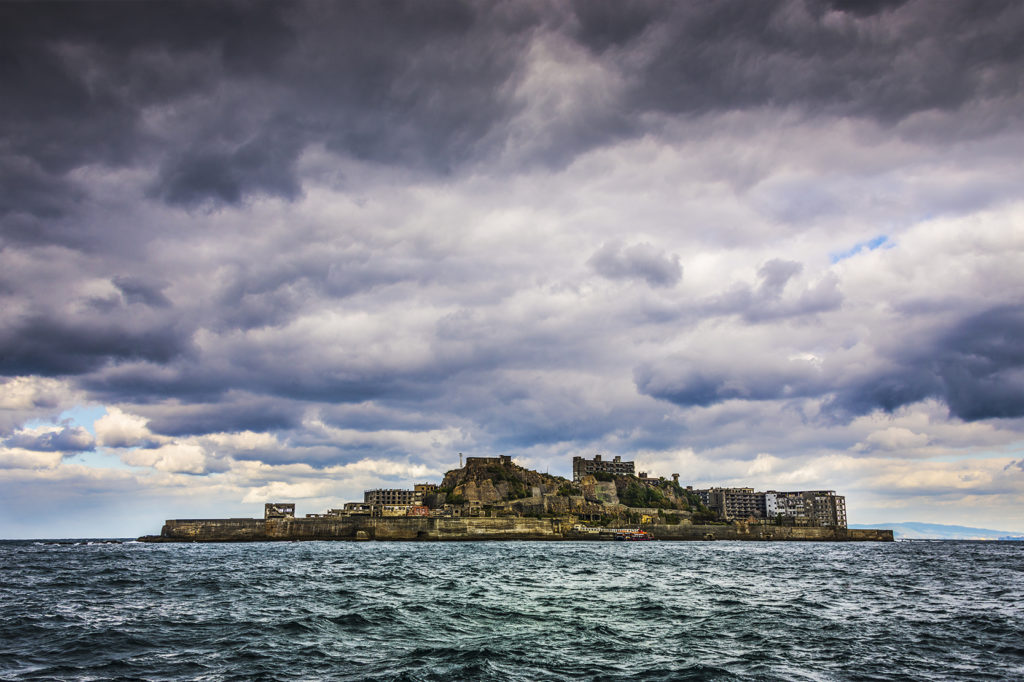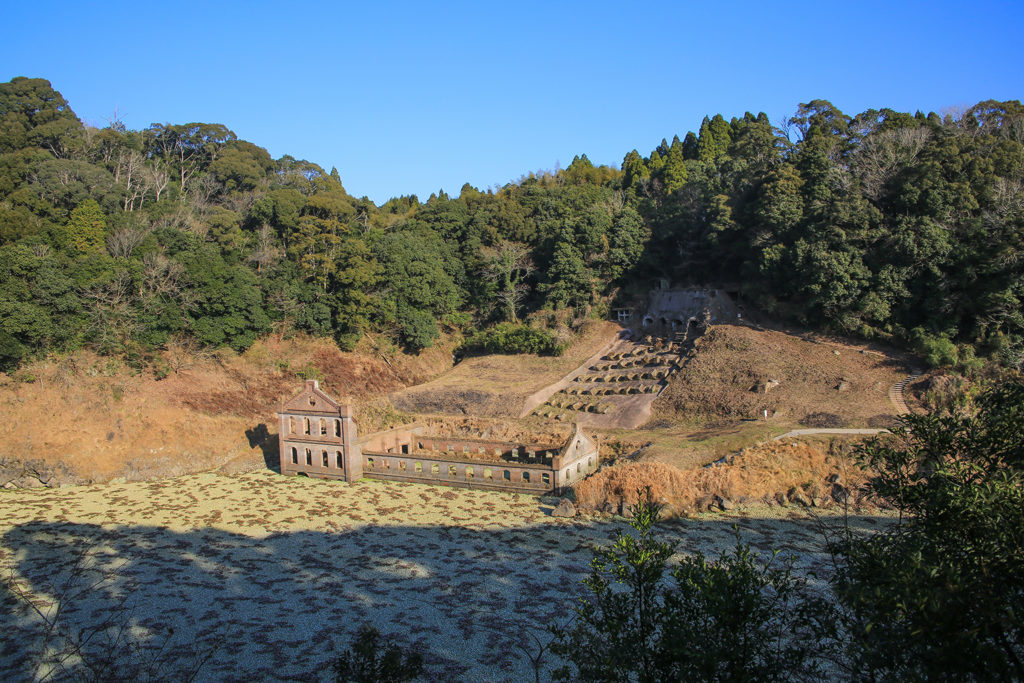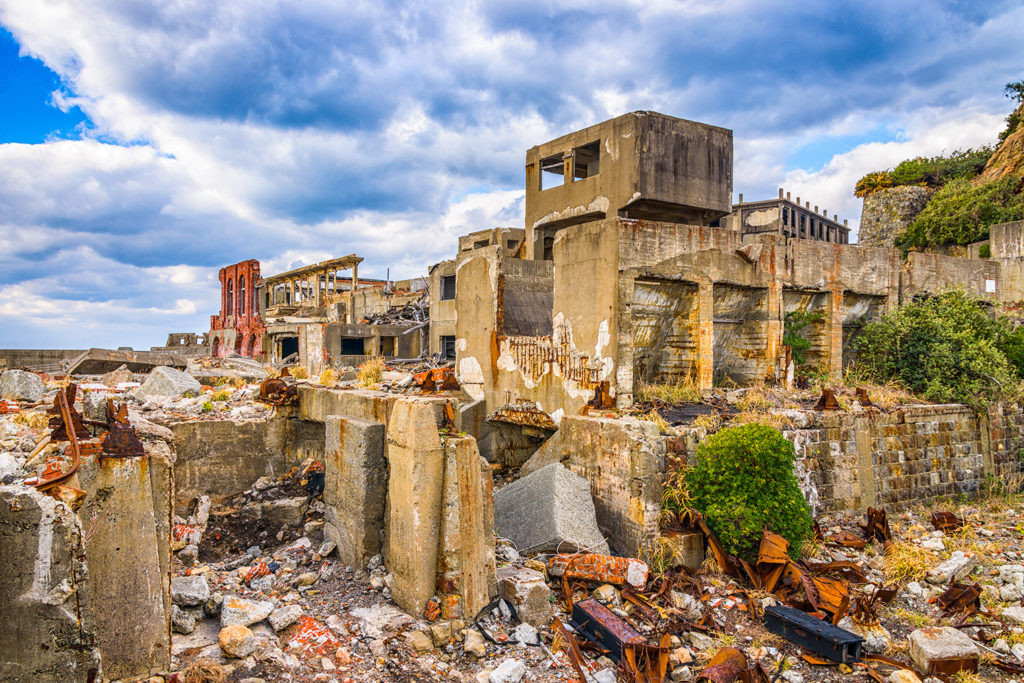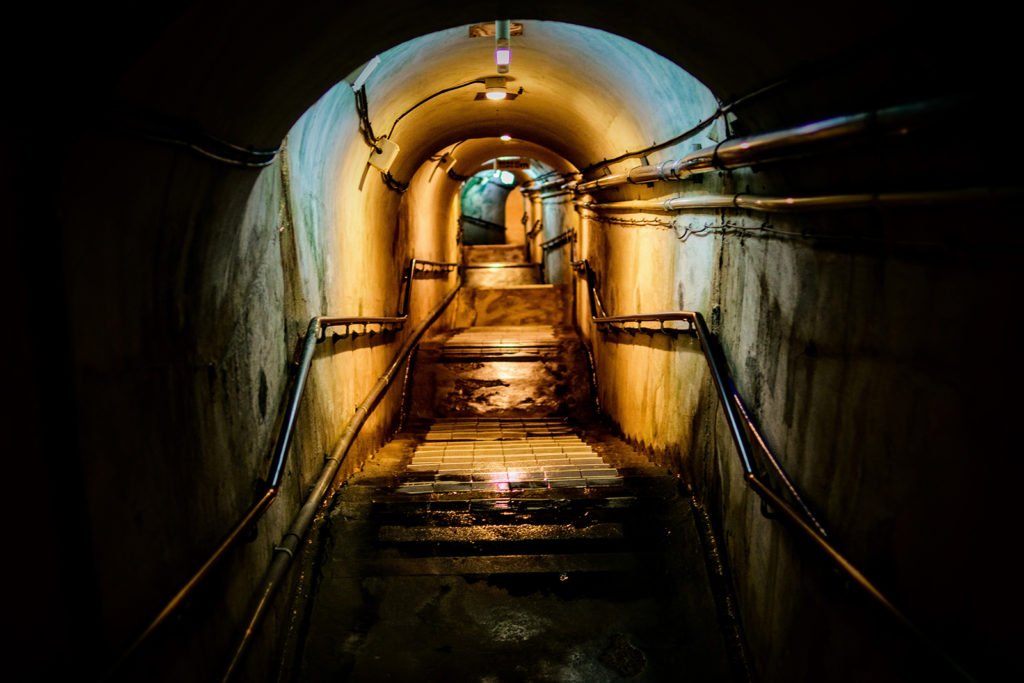
Creepy and Abandoned Places in Japan
For one reason or another, there are places around the world that are left abandoned. They leave remnants of the lives of the people who once made these places thrive with activity. Time is a fickle friend. The places that used to serve a purpose have fallen victim to being dispensable. What if these walls could talk…oh what stories they could tell.
Check out some of Japan’s abandoned places:
Scenery of the remains of the Sogi Power Station, Kagoshima Prefecture, Japan.
Sogi Power Station
The ruins of Sogi Power plant is less than a mile away from Sogi Falls. The power plant was built in 1907 in collaboration with German engineers using European technology and designs. It is considered to be an important historical site in relation to Japan’s modernization. Sogi Power Plant utilized the fast-flowing water to generate electricity with water being directed to flow downstream powered by four generators. Though the plant’s capacity to generate power was relatively small in scale, limiting its capacity to supply only local businesses, it was still an integral step in in the country’s vision in creating dams and larger-scale plants. The generators ran until Tsuruda Dam was built downstream in 1965 rendering Sogi Power Station obsolete.
The Sogi Power Station today though in ruins, are registered as part of Japan’s industrial heritage. The remaining structure lies submerged for the most part of the year due to the planned flooding behind Tsuruda Dam. The structure of the power plant is monitored and maintained to ensure its preservation. May through September are the best times to visit and enjoy the breathtaking views surrounding the eerie ruins.
Gunkanjima Island
From 1887 to 1974, Gunkanjima Island also known as Hashima Island or Battleship Island was a bustling coal mining facility and was home to thousands of workers. Hashima island was known for its undersea coal mines when coal was discovered on the area sometime in 1810. The coal mining industry operated during the industrialization of Japan. When the island was still a flourishing coal mining community, Mitsubishi Goshi Kaisha bought it in 1890 and built a large nine story concrete building. More buildings were built over the years to accommodate the growing number of workers. When the demand for coal began to shift to petrol, the once thriving island was abandoned and left to the elements. Its concrete buildings now lie as decrepit ruins, a reminder of a past long gone.
A dark abandoned tunnel of Japanese Naval Underground Headquarters in Okinawa.
Japanese Naval Underground Headquarters
Rear Admiral Minoru Ota led the Japanese naval forces in Okinawa during World War II. He built an intricate underground headquarters with connecting tunnels under a hill in Tomagusuku with some connecting tunnels spanning hundreds of meters. On the 4th of June in 1945, U.S. 6th Marines landed and the Battle of Okinawa ensued.
7 days after the arrival of the American troops, Ota sent his farewell telegram to the 32nd Army stating the self-sacrifice of the people of Okinawa during the battle. Ota, along with members of his staff committed suicide on the 13th of June to avoid surrender. The U.S. marines sealed the entrances to the underground headquarters rather than attempt to enter. When the tunnel was opened in the 1950’s, the remains of more than 2000 sailors were found inside.
The Japanese Navy Underground Headquarters today is open to the public. Indications of the mass suicide by Ota and his loyal men can still be seen. Blast scarring from hand grandees are visible on the walls and the farewell message left by Ota.



